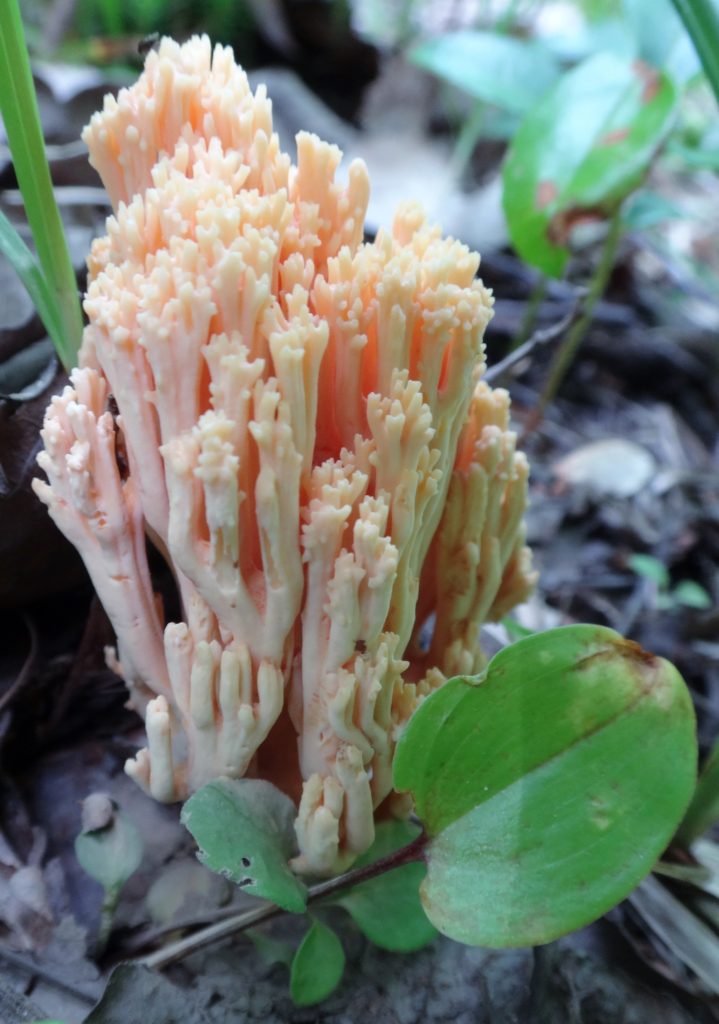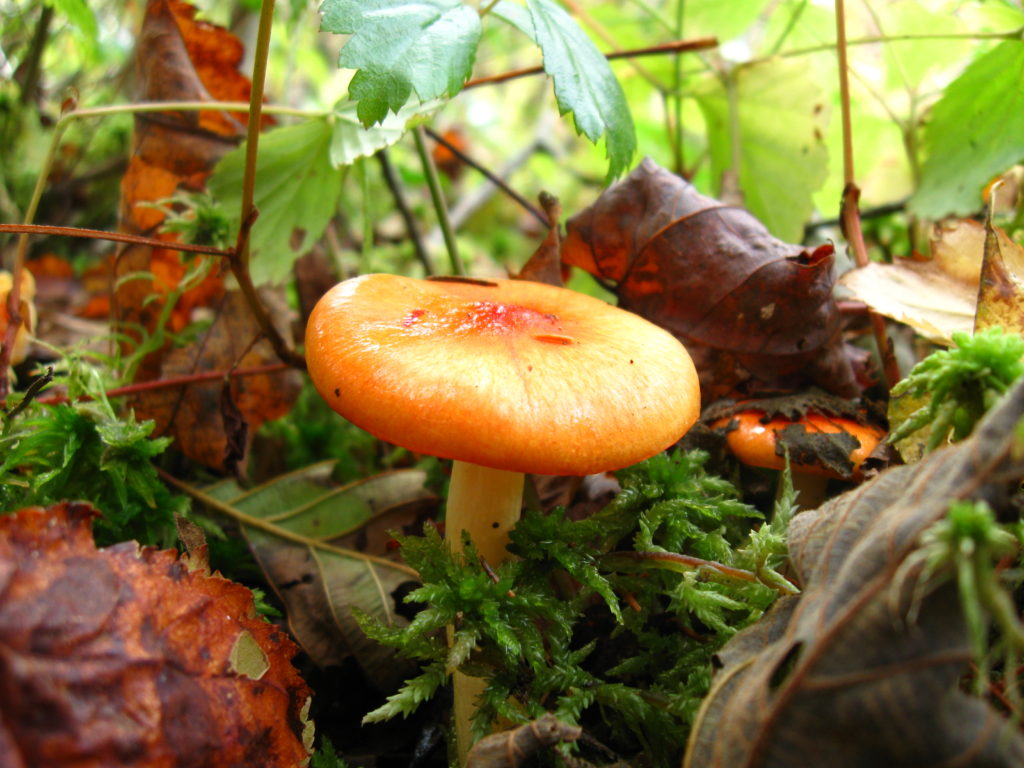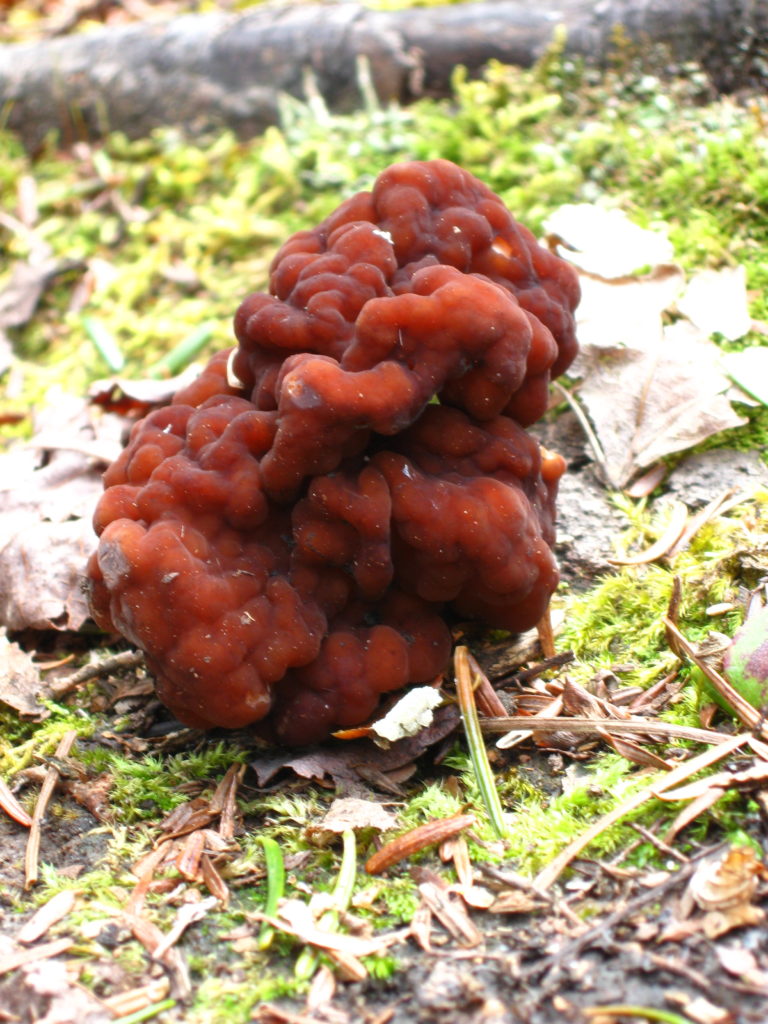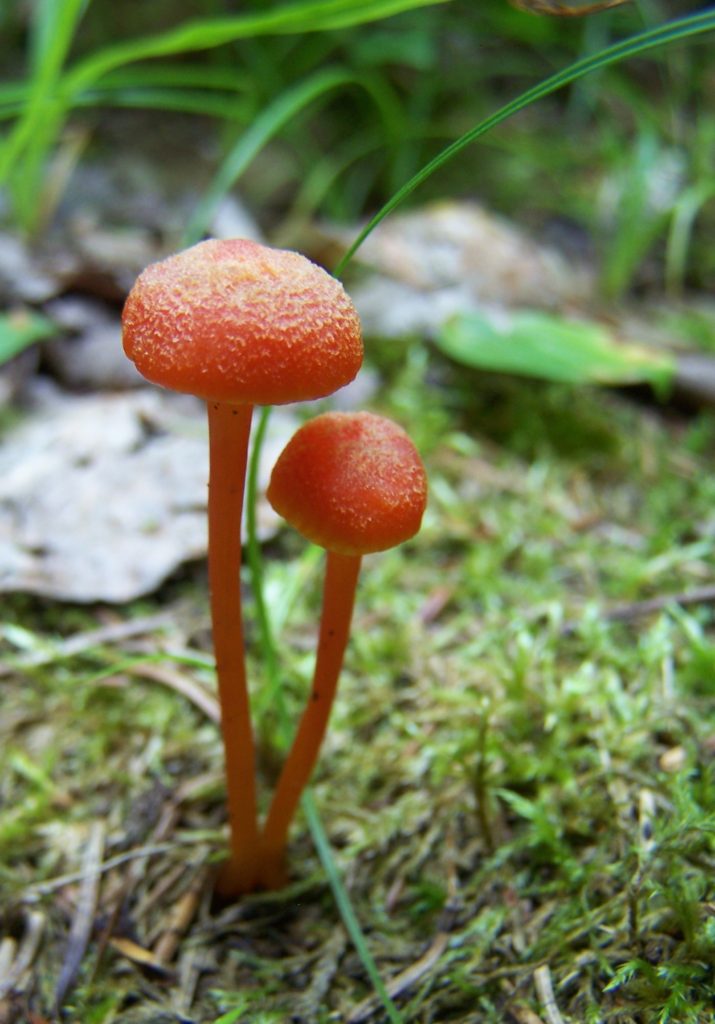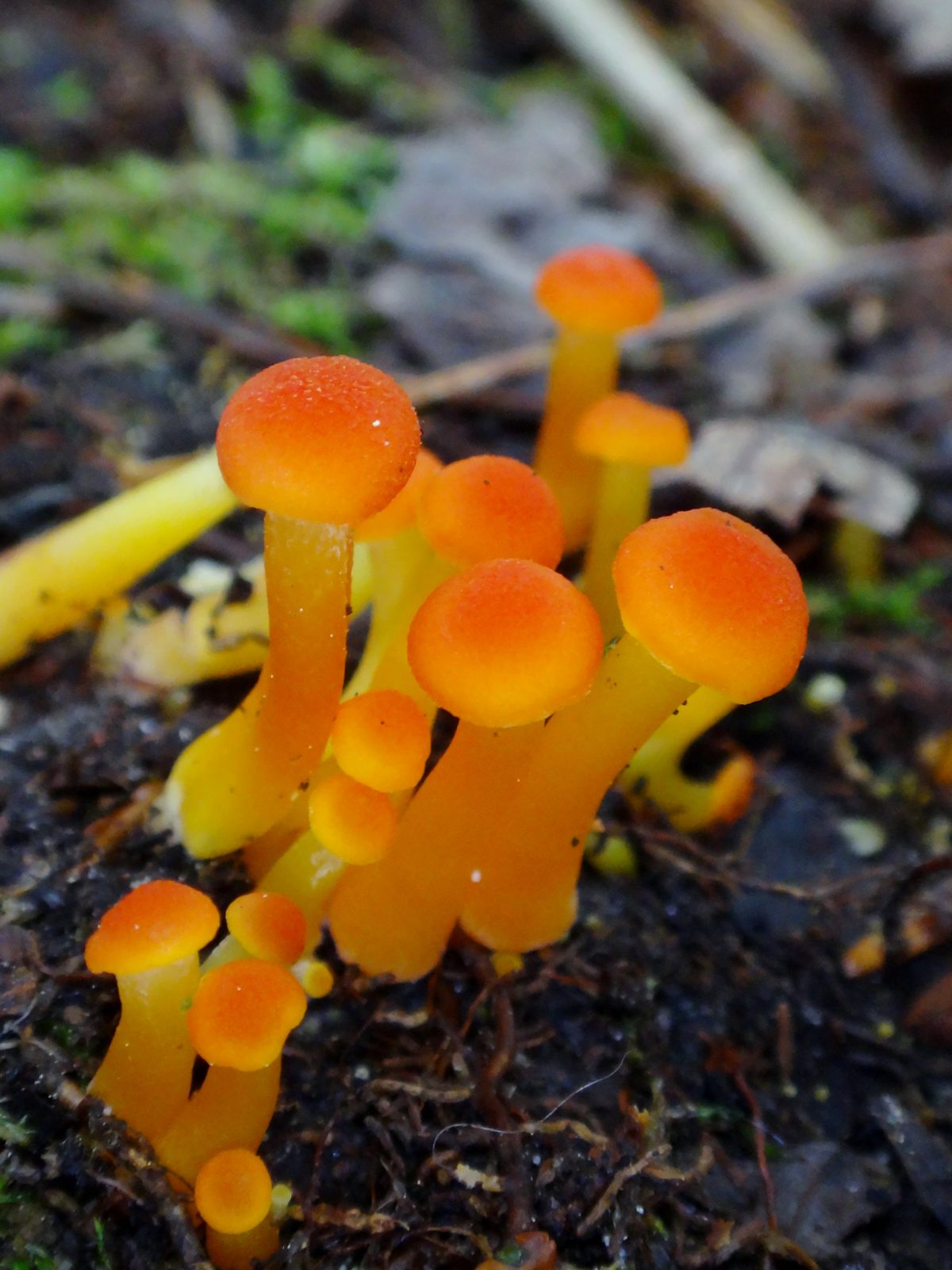The largest living thing on earth lies within the floor of a forest in Oregon. A honey mushroom, Armillaria solidipes, it has spread over thousands of years through the soil and litter to parasitize the roots of trees over a four square mile area. Tests have showed that the entire mycelial network consists of a single, fungal colony — a single, almost immortal organism.
And it’s edible.
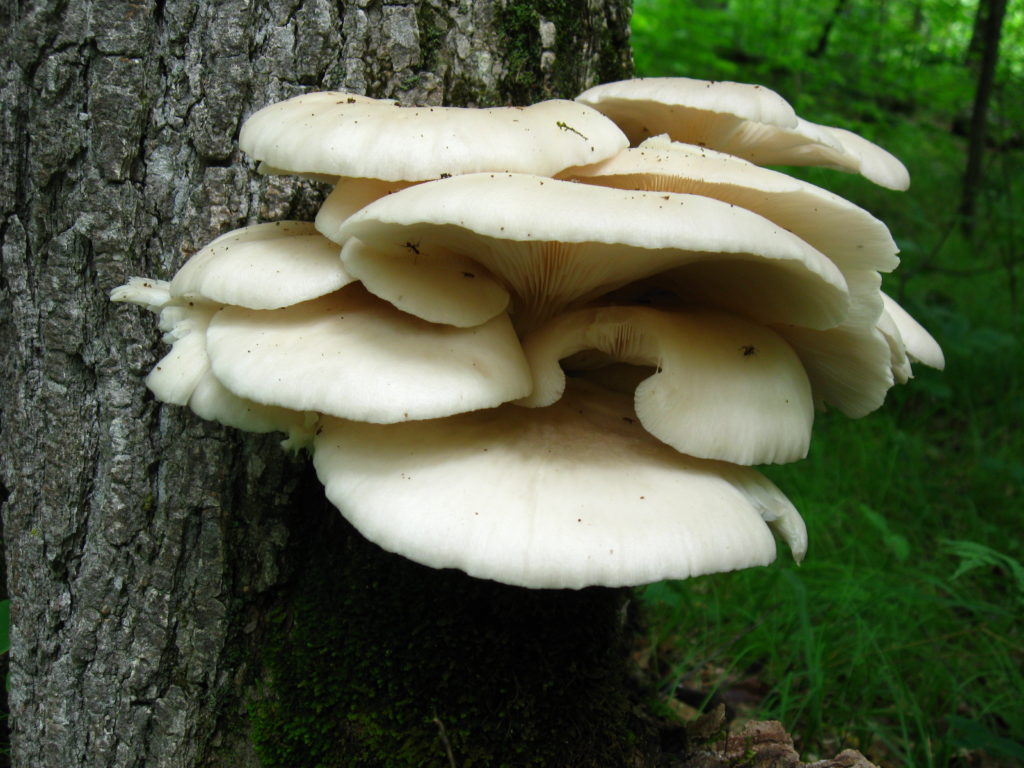
I sometimes think about bringing brown paper bags with me into the forest. Unfortunately, that thought usually comes when I’m standing before a feast of oyster mushrooms sprouting from a log or tree, with no way to carry them home. By the time that I return, the slugs will have found them. Generally, however, I have little interest in picking mushrooms. My reluctance comes, in large part, from my lack of confidence in distinguishing edible mushrooms from the many inedible or poisonous species that grow side-by-side with them. It also comes from my appreciation of the beauty of mushrooms and the fascinating, critical role that they have played in life on Earth.
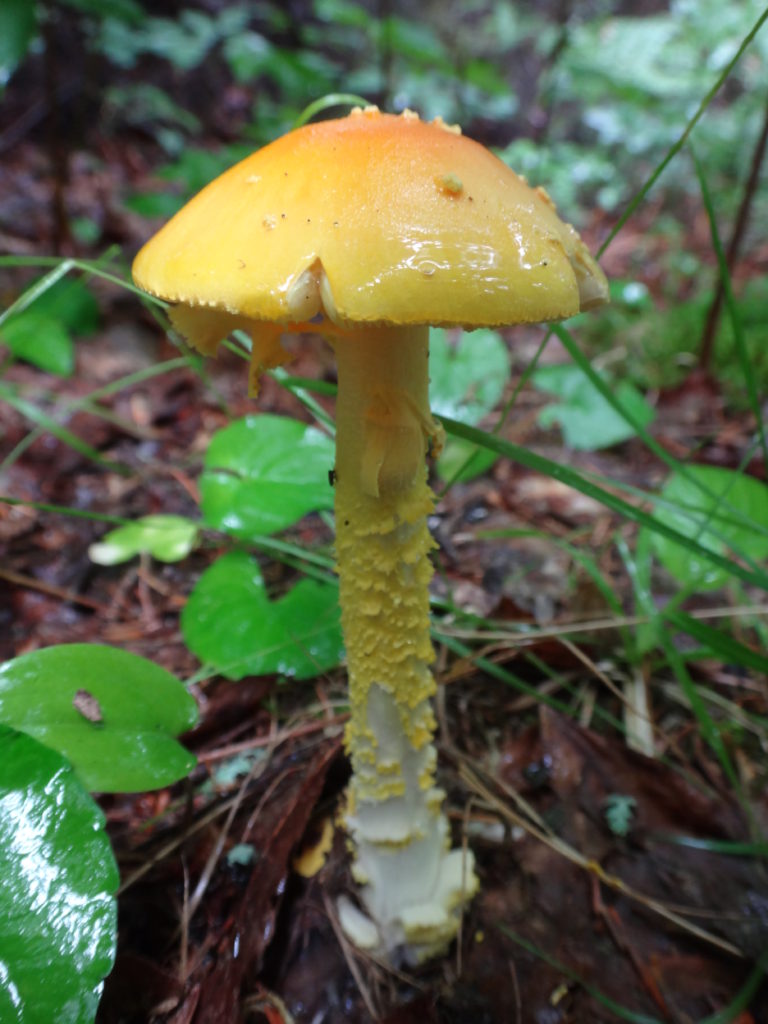
By some estimates, almost 90% of the Earth’s plants form a symbiotic relationship with soil fungi. These mycorrhizae colonize plant roots, feeding on the sugars produced by the plants. In return, the fine mycelial threads of the fungi penetrate into soil pores and other spaces where plant roots cannot reach, giving the plants greater access to water and nutrients. They break down leaf litter and other detritus, improving the efficiency of nutrient cycling. They may even use organic acids and enzymes to dissolve rock, releasing phosphorous that would otherwise be unavailable to the plants. Not just individual species or plant families, but entire ecosystems like the northern boreal forest depend upon mycorrhizal fungi for their existence.
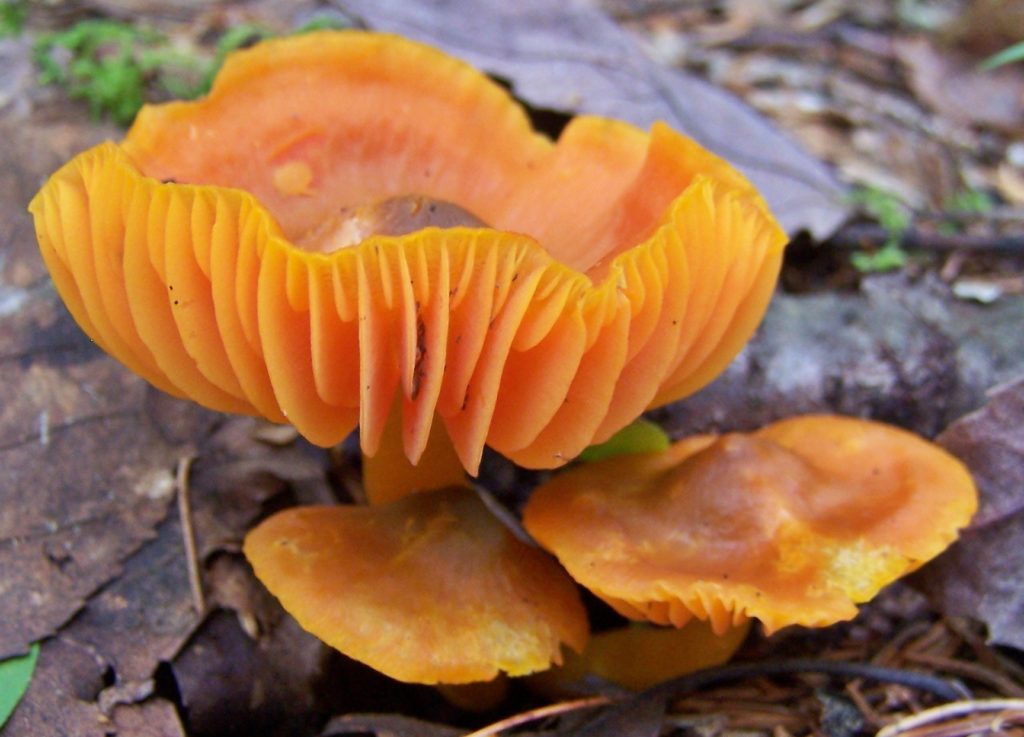
Genetic studies suggest that the relationship between fungi and plants goes back to the very first colonization of dry land by plants. DNA analyses show that mycorrhizal fungi diverged from a group of parasitic aquatic fungi called “chytrids” approximately 700 million years ago — just about the time that the first land plants appear in the geological record. It seems very likely that these mycorrhizae not only accompanied plants on to the land, but that they actually made colonization of land possible through their superior ability to scavenge for water and nutrients in the barren landscape.
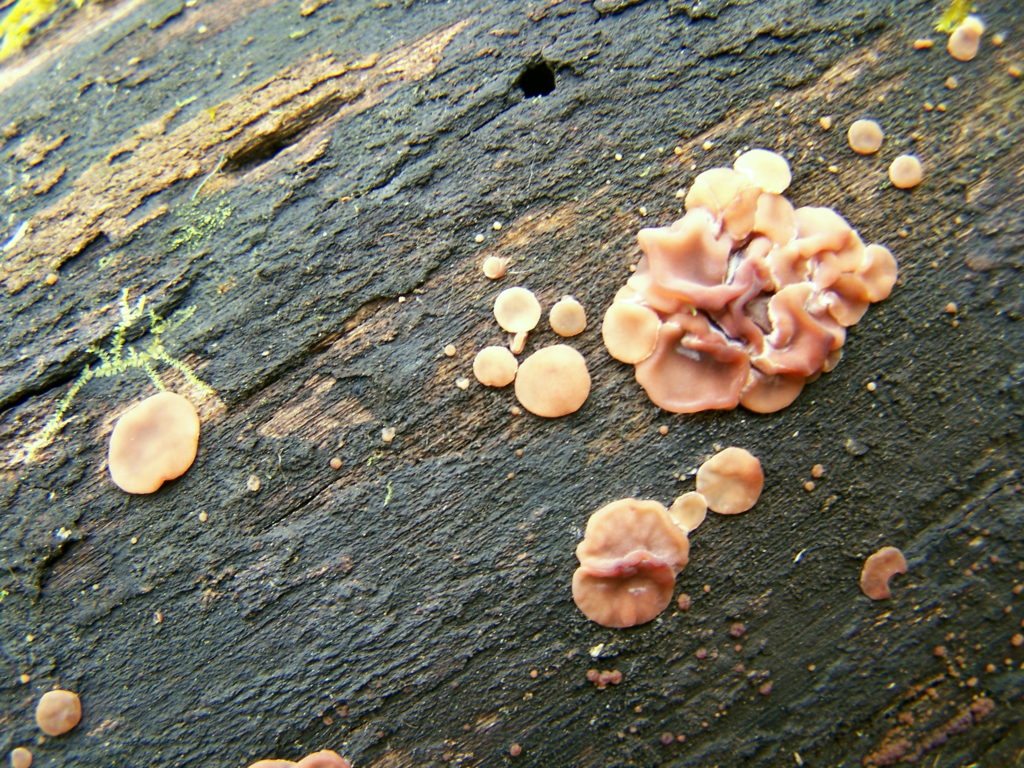
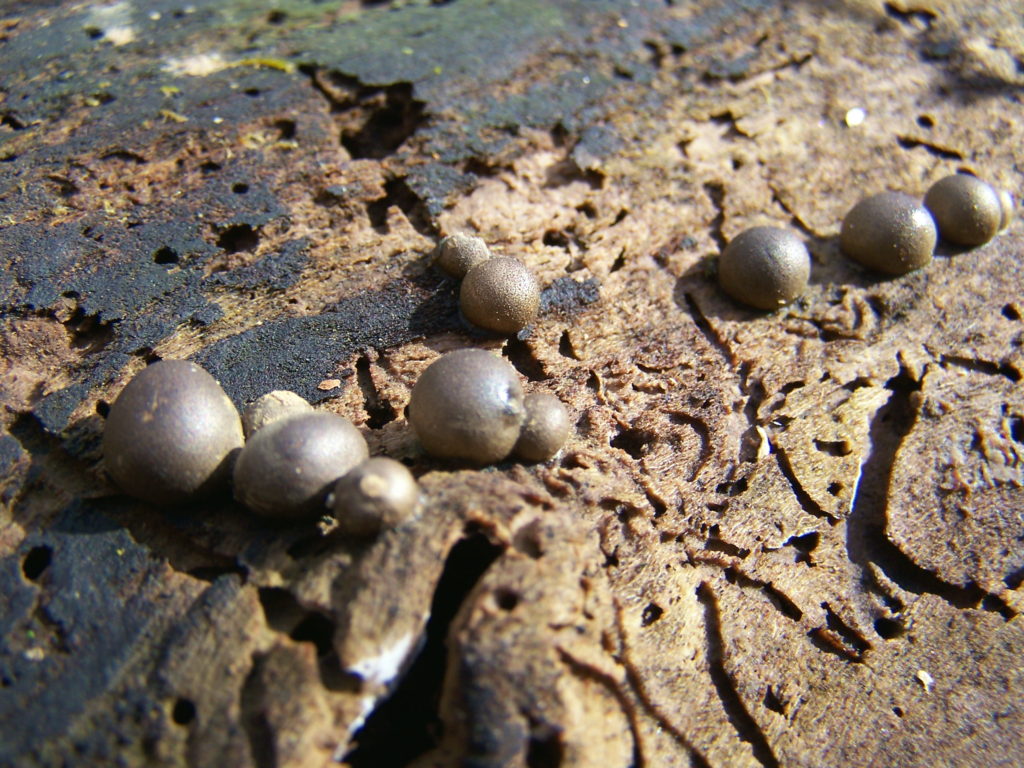
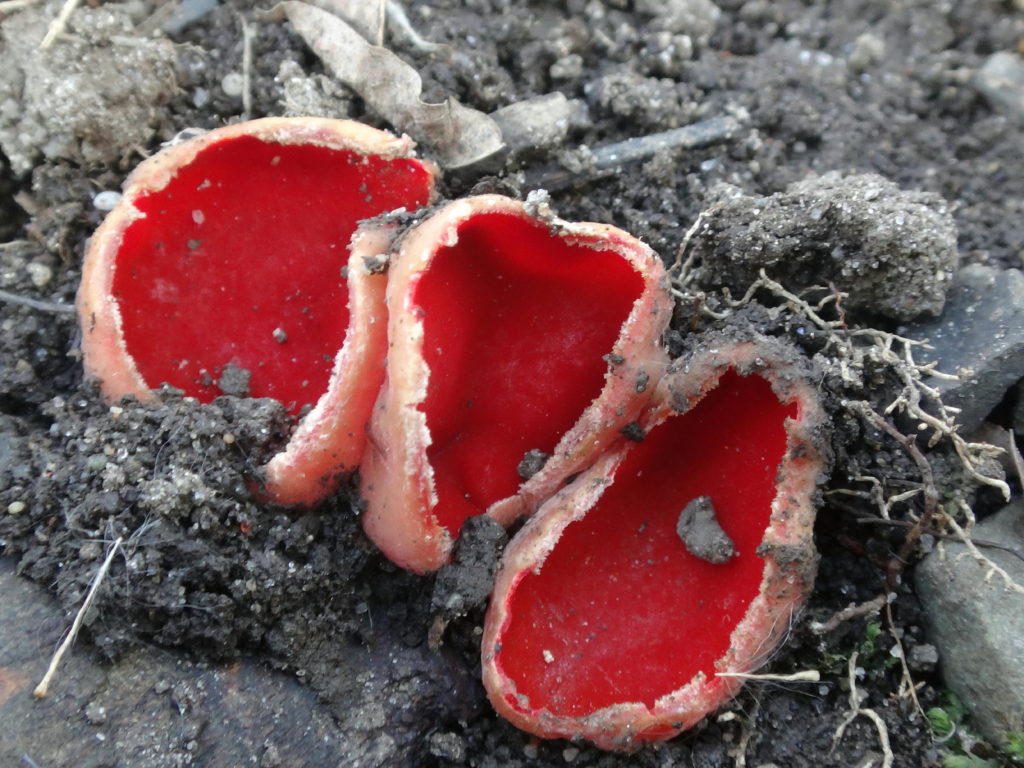
As a photographic subject, mushrooms seem sadly underappreciated. In the dog days of summer, when the spring chorus of birds has faded and the other forest animals hide from sight with their young, when the trees cast the forest floor in shade and the trilliums have withered and dropped, many of the most colourful mushrooms begin their slow eruption from the humus. Purest white, brilliant yellow, earthy browns and tans, luminescent orange, pale translucent blue… they turn dried leaves, moss and twigs into minature landscapes. One appreciates them most from close up, lying carefully amidst the ferns, tree seedlings, and forest litter: the different varieties and substrates, the forms and textures, the subtle details of cap and stem when viewed from the side or below. Other features of the forest floor also come into focus. Slugs enjoying a meal, tendrils of moss, skeletal scaffolds of decaying leaves. The first coral fungus that I ever examined held a red spotted salamander hidden amidst its spires. Sadly, on that day, I didn’t have a camera with me.
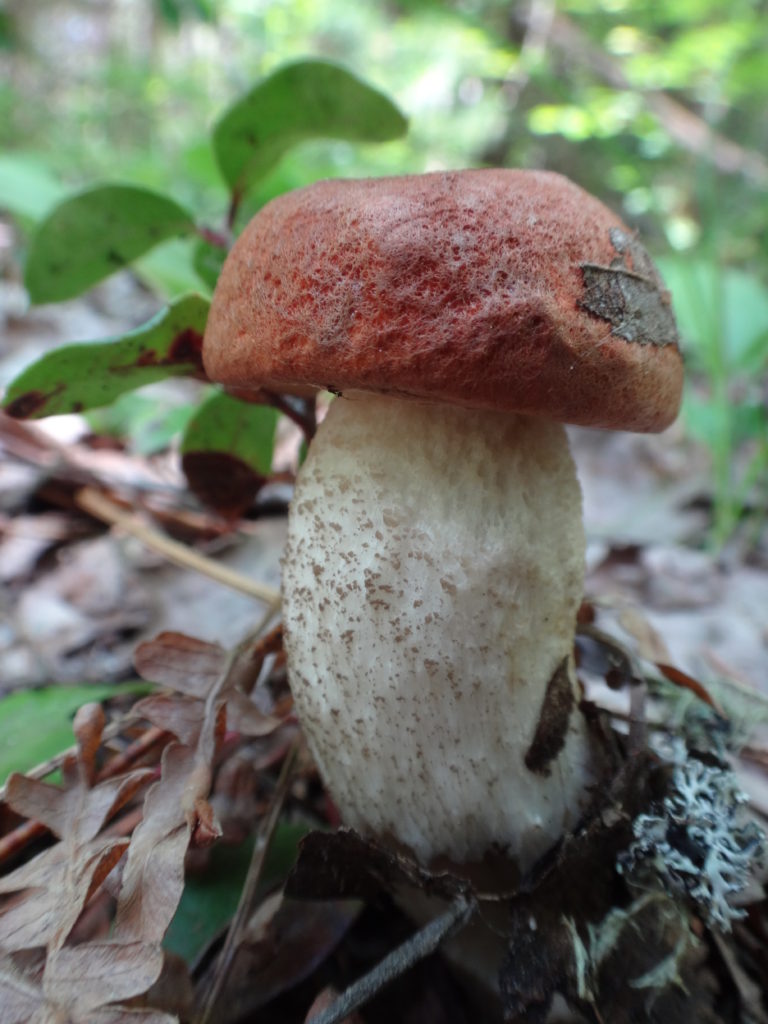
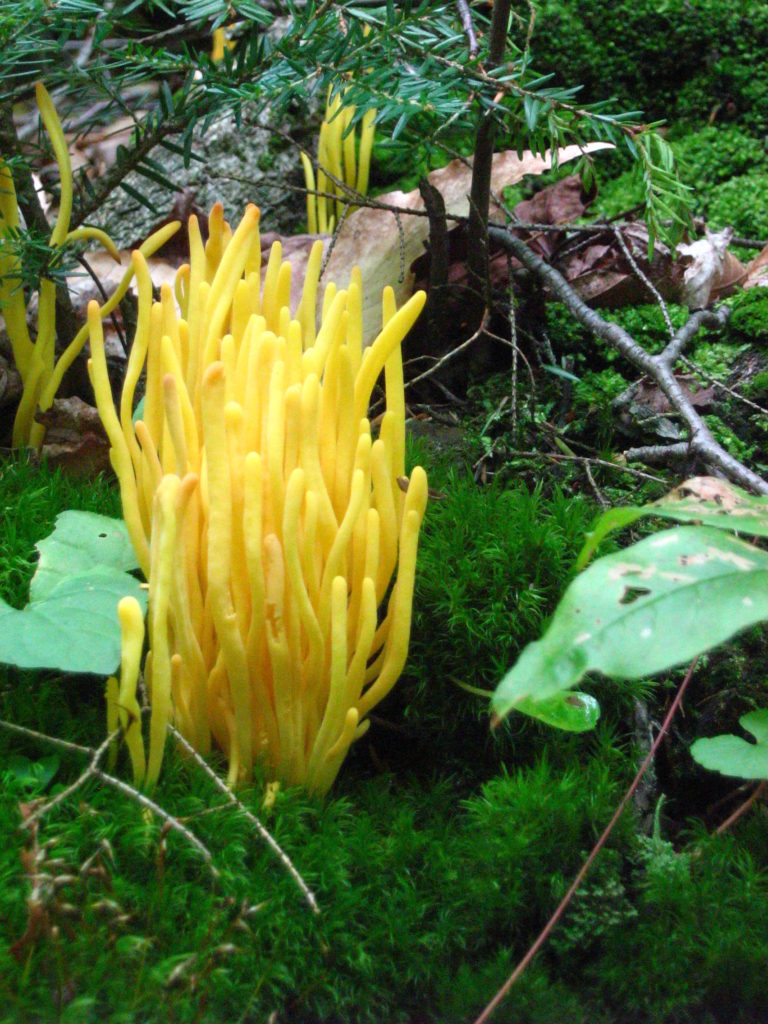

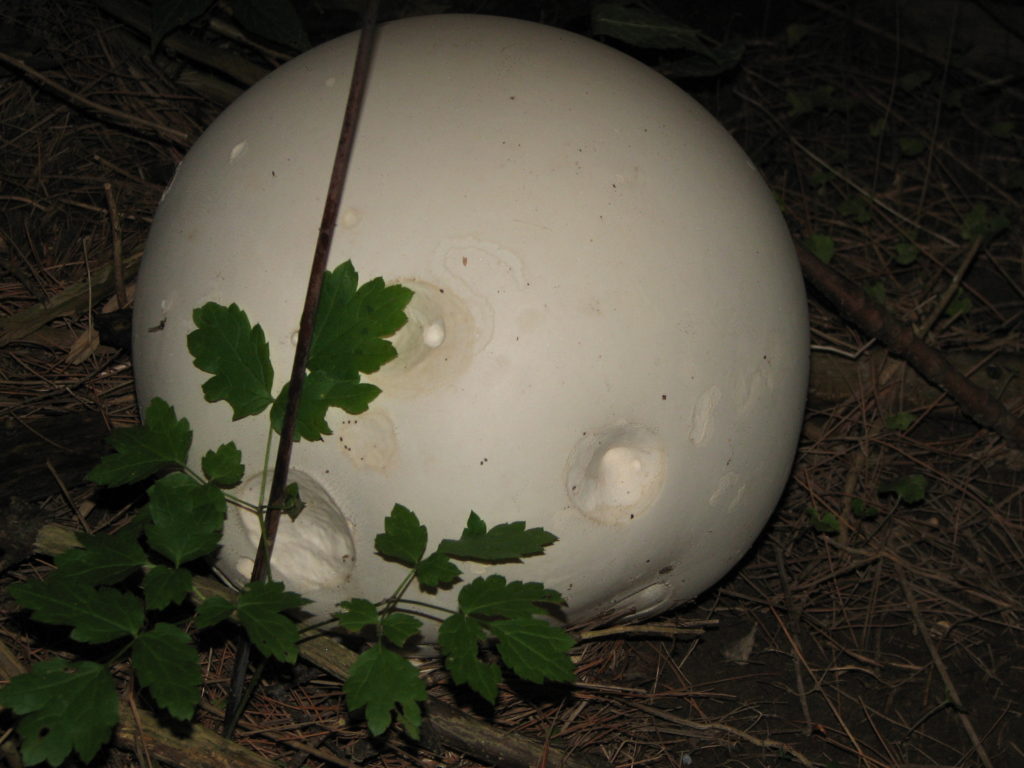
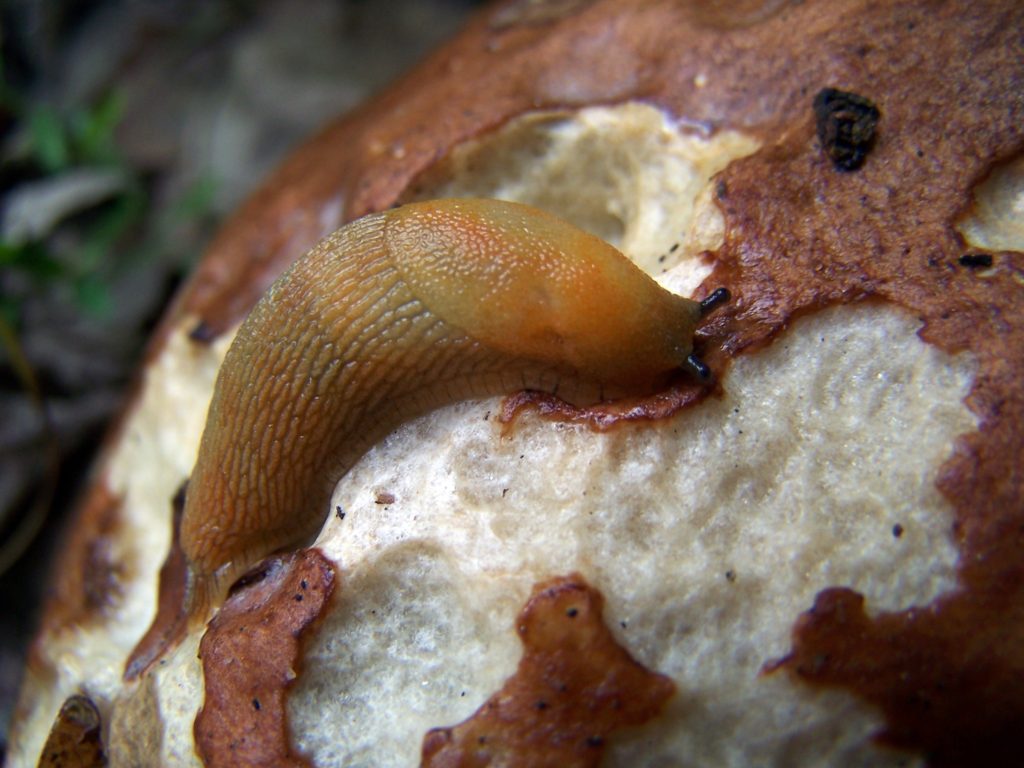
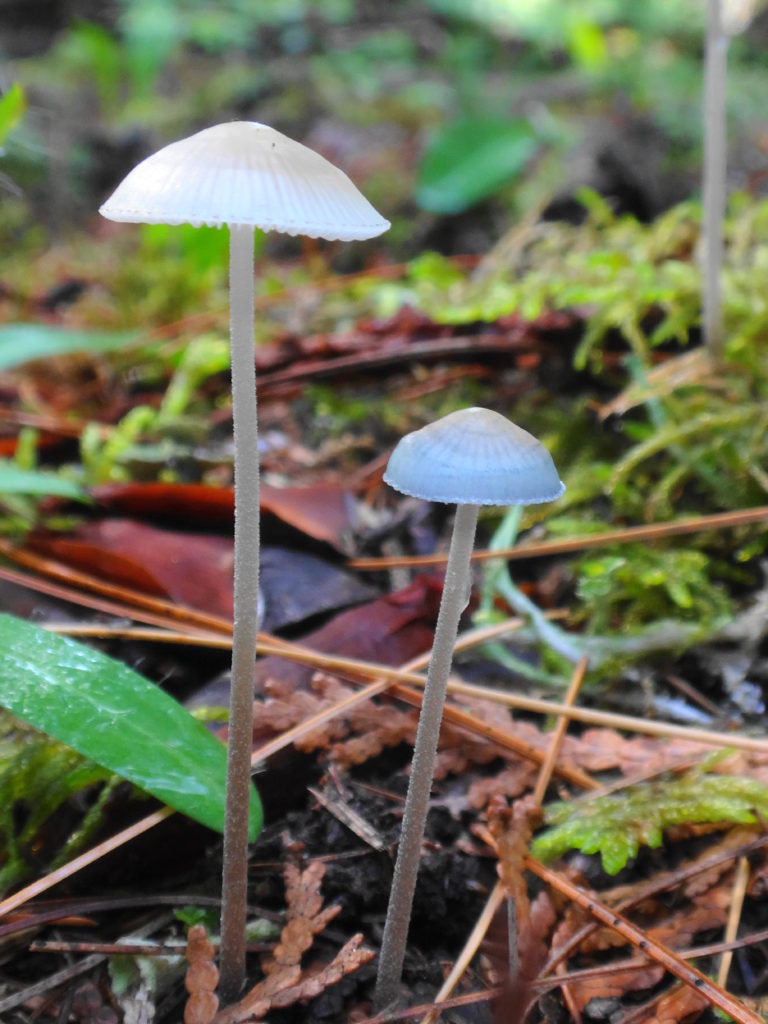
Every woodlot will have its share of mushrooms. My favourite places to search for them are the Four Seasons Forest Preserve in Deep River, where I spend two weeks each summer with my family, and Gatineau Park, where I often cycle and hike on weekends. Both areas offer a wide range of habitats, from dry pine and oak forests, through cool coves of maple and beech, to dank cedar swamps and wetlands. Please refrain from collecting mushrooms on protected lands and conservation areas: thousands of hectares of crown land lie available for collecting. And please refrain from collecting altogether unless you can confidently identify the edible varieties. Most mushroom guide books will list four or five unmistakable, “safe” species, such as oyster mushroom or black and yellow morels. Outside of those species, the chance of accidental poisoning or adverse effects increases dramatically for non-experts. Picking mushrooms for their hallucinogenic properties is especially risky, not just because the hallucinogenic species are almost indistinguishable from more poisonous species, but also because the reaction to such mushrooms can vary greatly between individuals. It simply isn’t worth the risk.
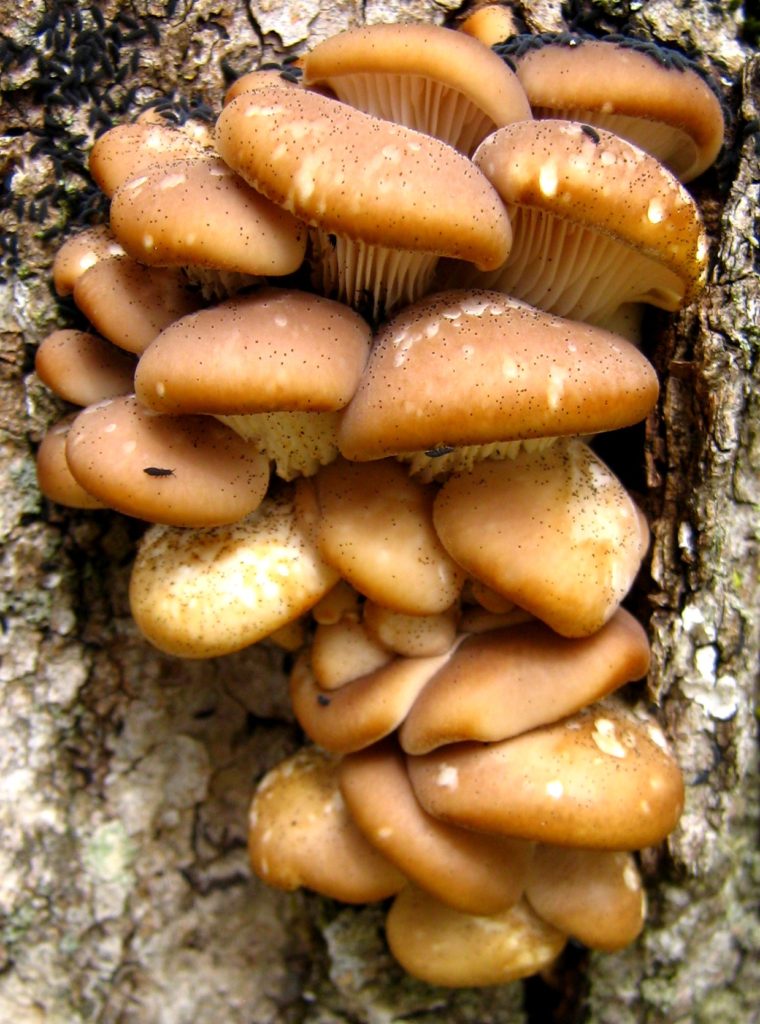
Do, however, get down on your stomach to admire and photograph mushrooms. And while you are there, in contact with the living forest floor, think about how the life in the forest is linked and interwoven. How the trees around you are connected by the hidden network below you; how the living and the dead are connected in the circle of life, and how the miracle of evolution has produced the wonder of it all.
